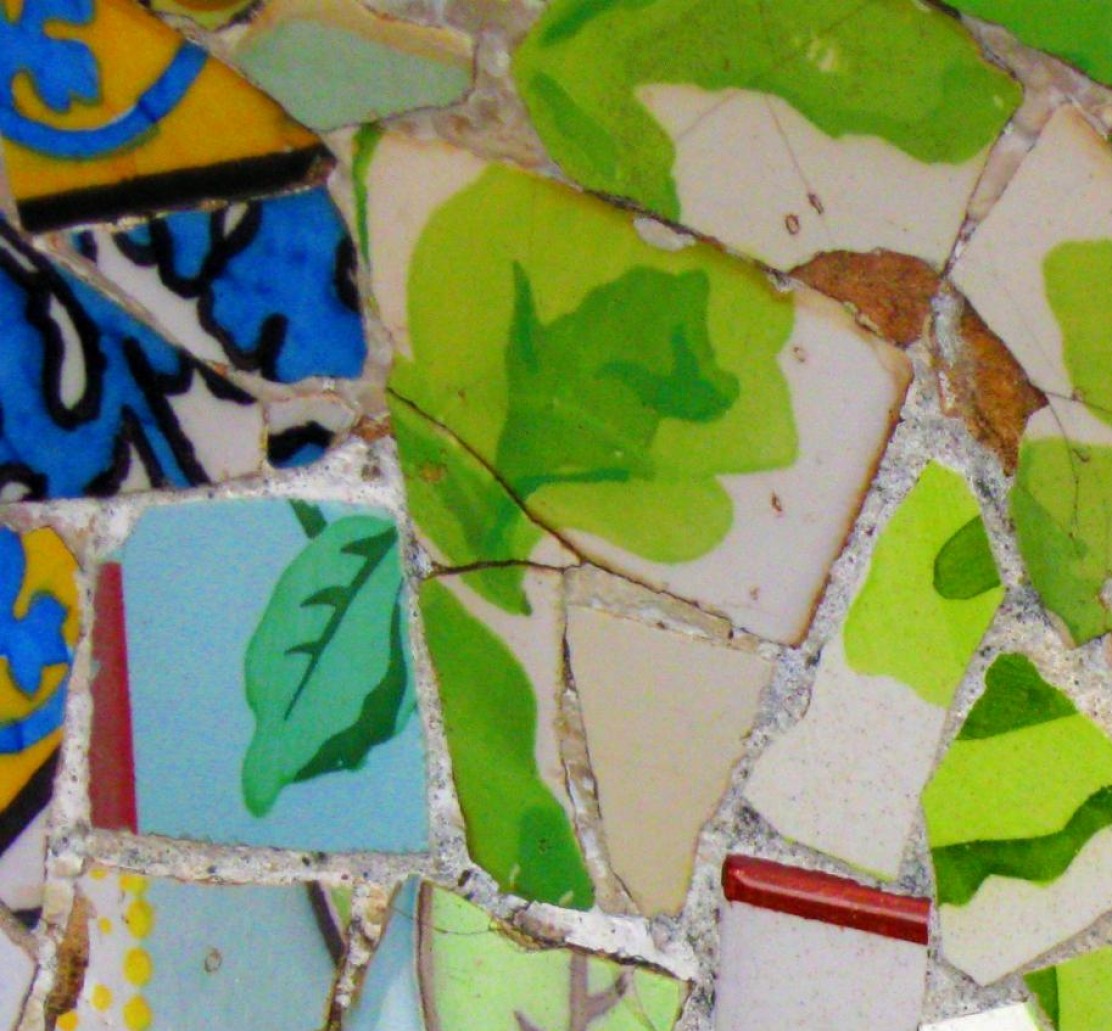I’m posting this sermon (see below) that I preached at the May 21, 2013 Hudson River Presbytery meeting. Almost a week has passed since I preached the sermon and at least 4 days have passed since I promised a few people I would post it here. I was reminded of my promise this morning after worship at White Plains Presbyterian Church by the words of a member of the church who is a faithful volunteer in our new English as a Second Language classes, a joint ministry with Hitchcock Presbyterian on Thursday nights that includes a shared meal, childcare, language instruction, and a brief bilingual worship service. The White Plains member said that the Thursday night classes are the highlight of her week, that she can’t stop talking about them to friends and family, and that she leaves class glowing. The majority of the students who come to class are members of a Spanish-language congregation that meets at White Plains Presbyterian Church on Friday nights and Sunday evenings. The classes are a meeting place for members of the two churches to make connections and grow in relationship. I, too, leave class on Thursday nights feeling full of deep joy. I had that joy in mind when I wrote this sermon…
A sermon preached at Hudson River Presbytery on May 21, 2013
Acts 1:12-2:21
“The disciples are told by the risen Lord to go to their room and wait for the Spirit. But they are anxious and leaderless after the trauma of losing Jesus and Judas. So they don’t wait. They turn to choosing Judas’ replacement, hoping to make some order out of chaos. They come up with two candidates, they cast lots (not the most Spirit-filled discernment process), one, Matthias, is chosen, the other, Justus, is excluded.
AND THEN the Spirit shows up. No sooner had the disciples re-formed their comfortable tight-knit group of twelve, than the Spirit blows through the room, tongues of flame rest upon their heads, and they begin to speak in languages they did not know they could speak, to people they never thought would understand them or the message that Jesus gave to them to share.
A small act of human exclusion in the power structures of Jesus’ followers, is followed up by an epic act of divine inclusion for all God’s people. It’s like the Spirit was waiting for them to get antsy, for them to stop waiting as they were instructed, to start going down the narrow route, so that the Spirit could show up and in stark contrast blow the doors wide open.
We are in a time of waiting in the Presbyterian Church. We’re waiting to see where the Spirit leads next..and, like the disciples we can busy ourselves in our anxiety with trying to recreate what always has been or we can we can commit to some creative, ear to the door, waiting. Recently, at a gathering to discuss new visions for the Synod of the Northeast, a woman named Terri, urged, even begged, those of us gathered to take time to sit in the “waiting” room and listen to where the winds of the Spirit are blowing.
In these past months, as we compiled the list of churches in our Presbytery who share their space with other communities of faith (a list we will pray for and lift up during the business meeting), it was impossible not to think of Pentecost in the sheer number of languages represented in the faith communities who share space in the churches of this Presbytery – Tagalog, Hebrew, Japanese, Spanish, Arabic, Haitian Creole, Portuguese, Hindi, Korean – and that’s not even taking into account the diversity of languages present within our Presbyterian congregations. As we gathered together resources to support churches who share space with other faith communities, stories emerged. Yes, stories of the challenges of sharing space but even more prevalent were stories of deepening relationship between Presbyterian congregations and “that church who rents our space”. Stories in which worship was shared, names were learned, and “that church” became our brothers and sisters. These are stories from the waiting room: who is to say where exactly they will lead, but are we willing to wait and see? Are we willing to linger with each other across denominational, language, and cultural differences, to listen for and learn to speak the common message the Spirit may have for us? If the Spirit grants us the fruit of kindness to extend to one another, perhaps the greatest kindness we can return to the Spirit is to pay attention to who the Spirit has placed in our midst.”
Rev. Betty Griffin of First Presbyterian Church in Mt. Vernon, NY and Pastor Marcio of New Life Brazilian Church continued the sermon by sharing about their experience sharing space and sharing mission. They concluded their remarks with an embrace.






